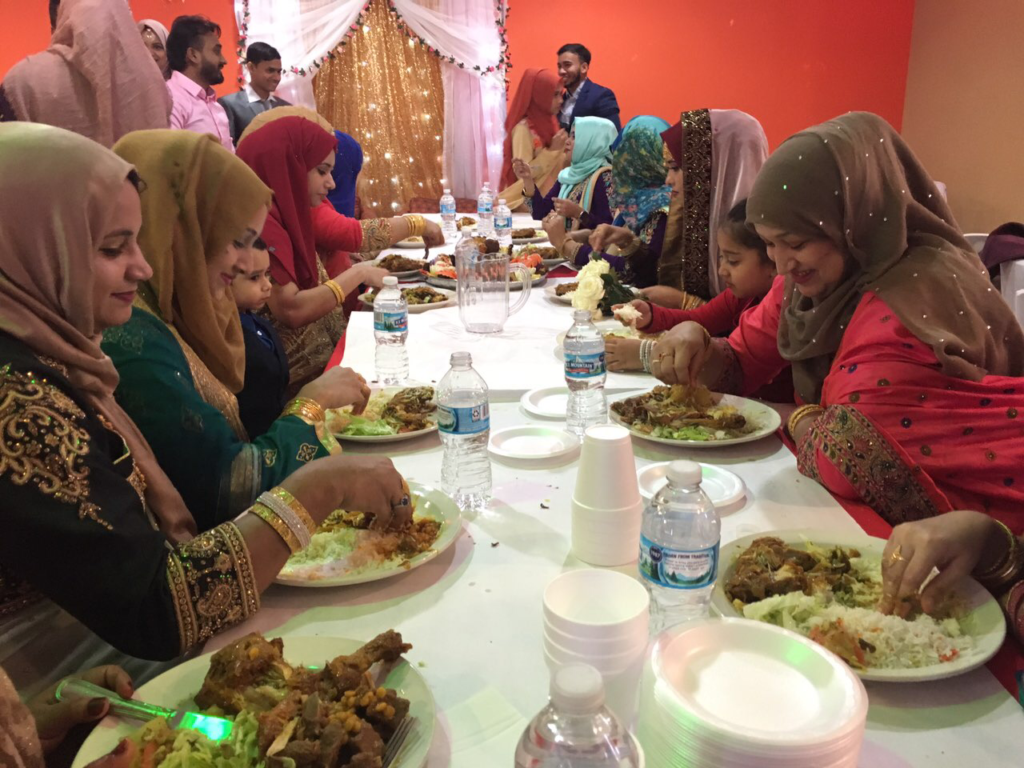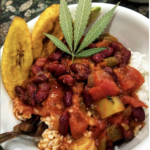
The signs on the Interstate in downtown Detroit warn drivers to take the exit or you’ll end up in Canada. “Don’t go there,” they imply, “unless you are prepared to cross over.” The border separating the U.S. and Canada is a huge, but mostly benign presence in Detroit. Yet the metro area has many other dividing lines, less well marked than the international frontier, that play a more immediate, and often divisive role in people’s lives. These are the invisible lines that separate the region by race, class, and ethnicity.
Immigrants who settle in Detroit quickly learn to adapt to the local geography. If you’re from Bangladesh you’ll likely first put down roots in Hamtramck. Mexicans settle in Mexicantown and Springwells Village, Lebanese and Syrians gravitate to Dearborn. But when it comes to food, the lines begin to blur.
It is true that to taste some of the most delicious tacos you’ll ever eat you need to visit a handful of tiny restaurants and trucks in Mexicantown — and make sure to bring cash. But many of Detroit’s immigrant cooks and chefs are breaking down borders. Not only are they combining ingredients and flavors from around the world in new and inventive ways, they are also moving their restaurants and bakeries out of traditional ethnic enclaves and presenting their cuisine and their culture in other parts of a long segregated metro region.
Afzal Choudurhy took a chance five years ago and opened a Bangladeshi restaurant in a half-empty strip mall in suburban Warren, Michigan. Today Bismillah Kabob is the hub of the area’s growing Bengali community. It’s a community gathering place, and the restaurant has helped revive the local economy by attracting other Bangladeshi-owned businesses.
Guests who come to Norberto Garita’s restaurant El Barzon in Southwest Detroit can order from two parallel menus – one Italian, the other featuring dishes from Garita’s home state of Puebla, Mexico. Garita loves both cuisines and borrows ingredients and techniques from each to present truly borderless dishes like a pizza with mole sauce.
Six years after Detroit’s spiral into the largest municipal bankruptcy in United States history there’s lots of talk about the city’s rebirth (Better to not use the term renaissance, since the fortress-like Renaissance Center, built in 1977 never had the intended effect of restoring vitality to downtown ). One visible sign of the turn-around is the city’s flourishing restaurant scene. The proliferation of restaurants and chefs representing cuisines from around the world accompanies a wave of housing construction and commercial development designed to cater to Millennial urban dwellers.
While the gentrification of Detroit neighborhoods often reinforces the city’s stark economic and racial divisions, new restaurants seem to have the opposite effect. It sounds like a cliché, but food really does bring people together. Even so, the contributions of chefs, restaurant owners, farmers and food activists from immigrant backgrounds and communities of color are frequently overlooked. While some, including Norberto Garita and Genevieve Vang of Dearborn’s Bangkok 96 have won a degree of recognition, many others remain largely unknown. Our goal is to shed light on their stories.
In this issue of the Feet in 2 Worlds online magazine we introduce you to young entrepreneurs who are bringing fresh, healthy foods to black neighborhoods where fast food and packaged foods loaded with sugar have been the only options. You’ll meet a chef who is pioneering cannabis cuisine in Detroit, and Native Americans who celebrate wild rice and other traditions within the confines of Michigan’s largest city. And we’ll let you in on the secret history of Detroit-style pizza, brought to the region by Italian immigrants nearly a century ago, and recently reimagined and rebranded for today’s consumers beyond the Motor City.
We hope you enjoy Food, Borders and Belonging, inspired by the Feet in 2 World Food Journalism Fellowship at WDET. You can send us feedback @Fi2W, and if you like what you read please tell your friends – your support, moral and financial, makes it possible to create a platform for these stories while building the next generation of journalists from immigrant backgrounds and communities of color.
Special thanks to WDET and to Jason Agyekum for help with the Fi2W website.
John Rudolph – Executive Producer
Hali Bey Ramdene – Food Editor
Rob St. Mary – Managing Editor
Support for the fellowship comes from the John S. and James L. Knight Foundation, the Michigan Council of Arts and Cultural Affairs (MCACA) and through matching gifts from station donors, The International Association of Culinary Professionals’ foundation, The Culinary Trust, and its Growing Leaders Food Writing program. The Food Writing Program is funded with the support of the Boston Foundation.
Fi2W is supported by the David and Katherine Moore Family Foundation, the Ralph E. Odgen Foundation, The Ford Foundation, the John S. and James L. Knight Foundation, The J.M. Kaplan Fund, an anonymous donor and readers like you.




